Have you ever walked through a garden or park and been struck by the peaceful sound of a bubbling fountain or the graceful flow of a cascading waterfall? Water features can add beauty, tranquility, and a sense of movement to any outdoor space. But how do you choose the right pump for your water feature?
This blog post will guide you through the process of selecting a pump that is appropriate for the size and design of your water feature, as well as your electrical requirements and budget. Whether you are planning to install a small tabletop fountain or a large, elaborate pond, this post will provide you with the information you need to make an informed decision. So if you want to add the soothing sound of flowing water to your outdoor space, read on!

Consider the size of the water feature
The size of your water feature is an important factor to consider when selecting a pump. The flow rate, or gallons per minute (GPM), of the pump should be appropriate for the size of the water feature. A pump with too low of a flow rate may not provide enough water flow to effectively circulate the water, while a pump with too high of a flow rate may cause excess splashing or overflowing.
To determine the size of your water feature, you will need to measure the length, width, and average depth of the water feature in feet. Then, use the following formula to calculate the volume of the water feature in gallons:
Length x Width x Average Depth x 7.5 = Volume in Gallons
Once you have determined the volume of the water feature, you can use the following guidelines to select a pump with the appropriate flow rate:
- For small water features (up to 50 gallons), a pump with a flow rate of 100-200 GPM is sufficient.
- For medium water features (50-100 gallons), a pump with a flow rate of 200-300 GPM is recommended.
- For large water features (over 100 gallons), a pump with a flow rate of 300-500 GPM is needed.
Keep in mind that these are general guidelines and the actual flow rate needed may vary based on the specific design and needs of your water feature. It is always a good idea to consult with a professional or refer to the manufacturer's recommendations for specific pump flow rate requirements.
Evaluate the pumping head
The pumping head, also known as the head pressure, is a measure of the resistance that the pump must overcome to move the water through the water feature.
The pumping head is an important factor to consider when selecting a pump because it affects the performance of the pump. A pump with too low of a pumping head may not be able to effectively circulate the water in a water feature with multiple obstacles, while a pump with too high of a pumping head may be overworked and have a shorter lifespan.
It is expressed in feet of head and is determined by the height of the water feature and the number and height of any obstacles that the water must pass through, such as waterfalls or filters. You can then use this information to select a pump with the appropriate pumping head. Most pumps have a curve chart that shows the flow rate at various pumping heads, which can be used to determine the appropriate pump for your water feature.
Keep in mind that the pumping head is not a static value and can change based on the design and operation of the water feature. It is always a good idea to consult with a professional or refer to the manufacturer's recommendations for specific pump pumping head requirements.
In addition to the pumping head, it is also important to consider the suction head, which is the height that the pump must lift the water from the water source (such as a pond or well) to the pump. The suction head should not exceed the maximum suction lift recommended by the pump manufacturer, as this can cause the pump to malfunction or fail.
By taking into account both the pumping head and the suction head, you can ensure that you select a pump that is capable of effectively circulating the water in your water feature.
Consider the electrical requirements
In addition to the size and pumping head of the pump, it is also important to consider the electrical requirements of the pump. Choosing a pump with the appropriate voltage and wattage is crucial for the safe and efficient operation of the pump.
The voltage of the pump should match the voltage of the electrical outlet or circuit that the pump will be plugged into. Most pumps operate on either 120V or 240V, with some larger pumps requiring 480V. It is important to use a pump with the correct voltage to avoid damaging the pump or causing a safety hazard.
The wattage of the pump is a measure of the power consumption of the pump and is typically listed in watts (W). A pump with a higher wattage will consume more electricity and may result in higher energy costs. However, a pump with a lower wattage may not have sufficient power to effectively circulate the water in your water feature. To determine the appropriate wattage for your water feature, consider the size of the water feature and the pumping head, as well as any additional features (such as lights or a heater) that may be connected to the pump.
In addition to the voltage and wattage, you should also consider the length of the electrical cord and any necessary adapters or converters. If the electrical outlet is located a significant distance from the water feature, you may need a longer cord or an extension cord to reach the pump. You should also ensure that the electrical cord is rated for outdoor use and that any adapters or converters are compatible with the pump and the electrical outlet.
By considering the electrical requirements of the pump, you can ensure that the pump is safely and efficiently powered for the optimal operation of your water feature.
Other important factors to consider
In addition to the size, pumping head, and electrical requirements of the pump, there are several other important factors to consider when selecting a pump for your water feature. These include durability, noise level, and ease of maintenance.
Durability: Water features can be exposed to a range of environmental conditions, such as extreme temperatures, sunlight, and moisture. It is important to choose a pump that is built to withstand these conditions and has a long lifespan. Look for a pump that is made of high-quality materials and has a good warranty.
Noise level: The sound of a pump can have a significant impact on the enjoyment of a water feature. A pump that is too loud may be annoying or disruptive, while a pump that is too quiet may not provide sufficient flow. Consider the noise level of the pump when making your selection. Some pumps are specifically designed to be quiet, while others may have features such as a built-in muffler to reduce noise.
Ease of maintenance: Water features require regular maintenance to keep them functioning properly. This includes cleaning the pump and any filters, replacing worn parts, and checking for leaks. Choose a pump that is easy to disassemble and maintain, with readily available replacement parts.
By considering these factors, you can select a pump that not only meets the needs of your water feature but also provides a pleasant and maintenance-free experience.
Final Thoughts
In this blog post, we have discussed the factors to consider when selecting a pump for a water feature, including the size of the water feature, the pumping head, the electrical requirements, and other important factors such as durability, noise level, and ease of maintenance.
Choosing the right pump is essential for the effective operation and enjoyment of a water feature. We recommend doing your own research and consulting with a professional before making a final decision on a pump. There are also many resources available to help you make an informed decision, including websites, and forums dedicated to water features and pumps.
We hope that this article has provided you with the information you need to choose the right pump for your water feature. With the right pump, you can enjoy the soothing sound of flowing water and add beauty and tranquillity to your outdoor space.
Related Articles
How to choose the right water feature
Comprehensive Guide to Solar Powered Water fountains
Concrete Water fountains- a Comprehensive Guide
Installing a Water Fountain: A Step-by-Step Guide
Guide on Tiered Water Fountains
Best Material for a Water fountain



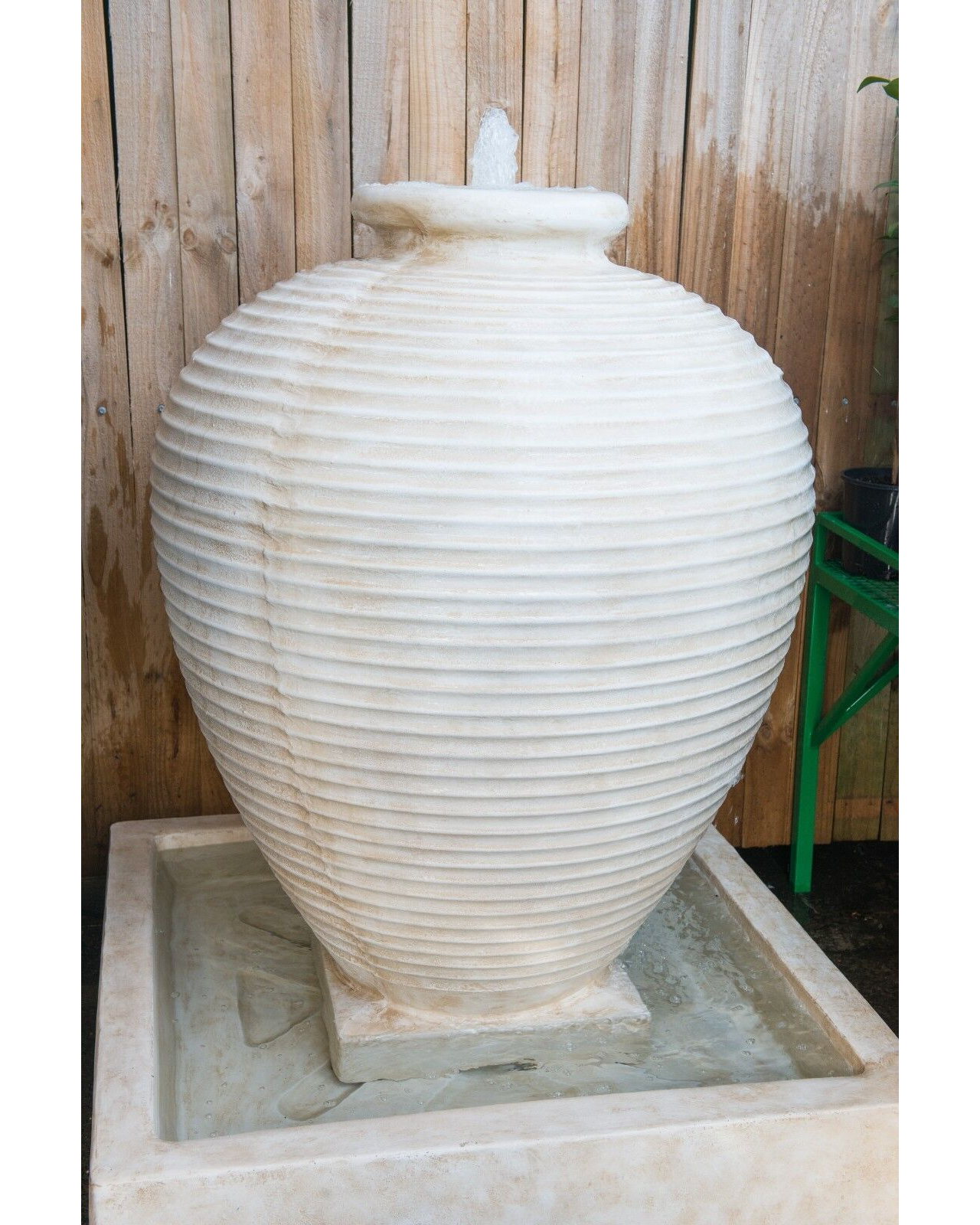

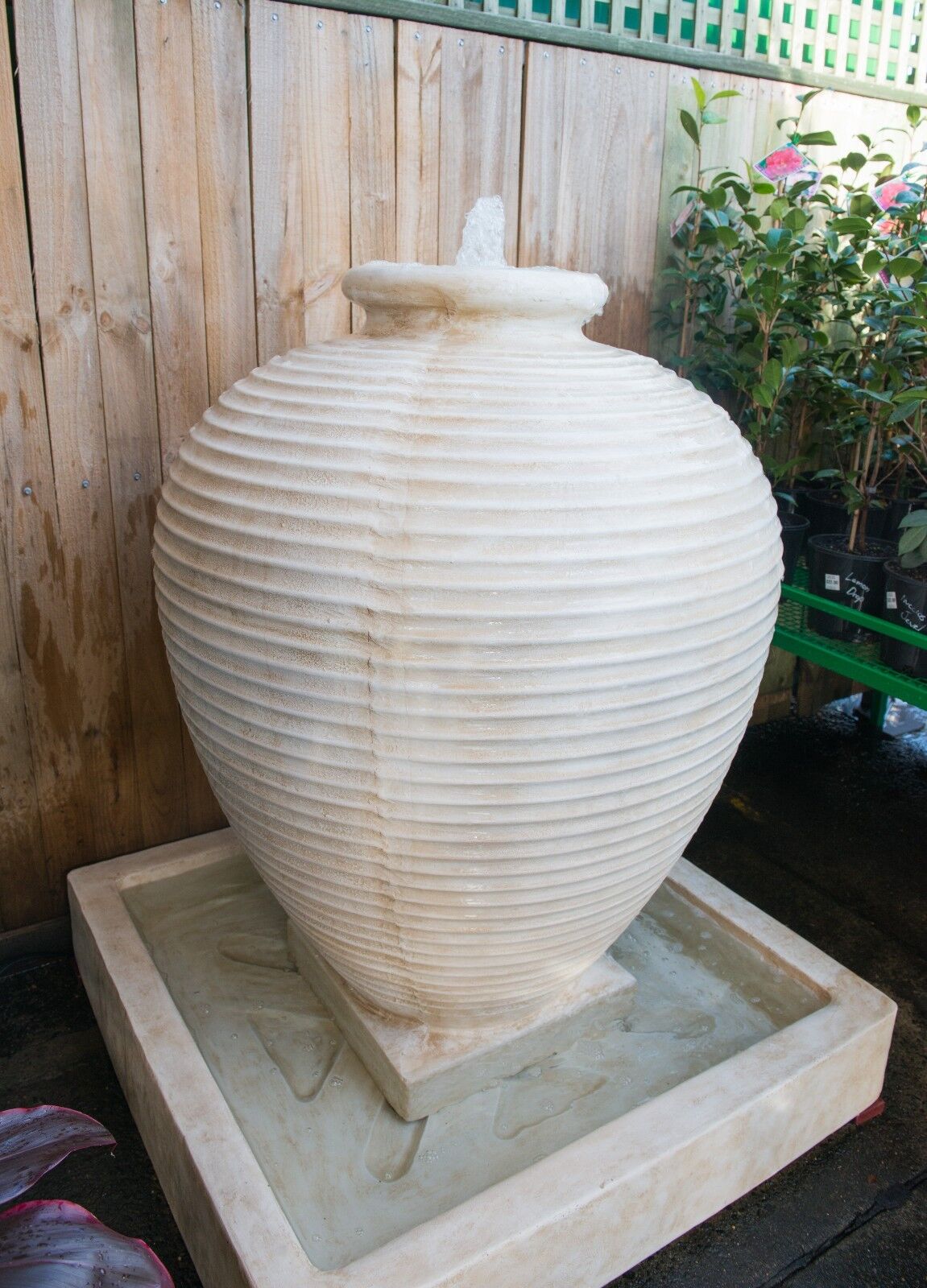
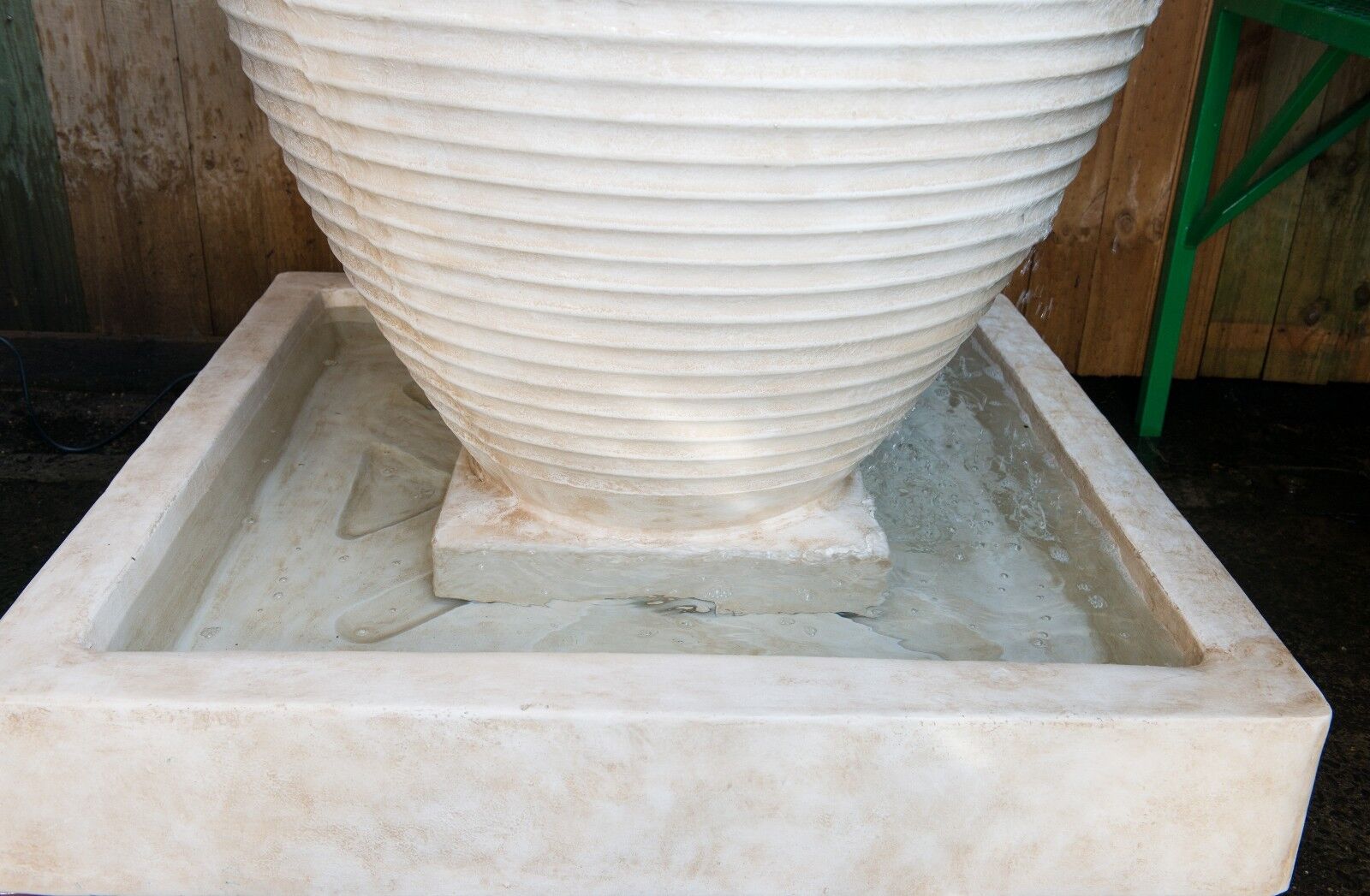
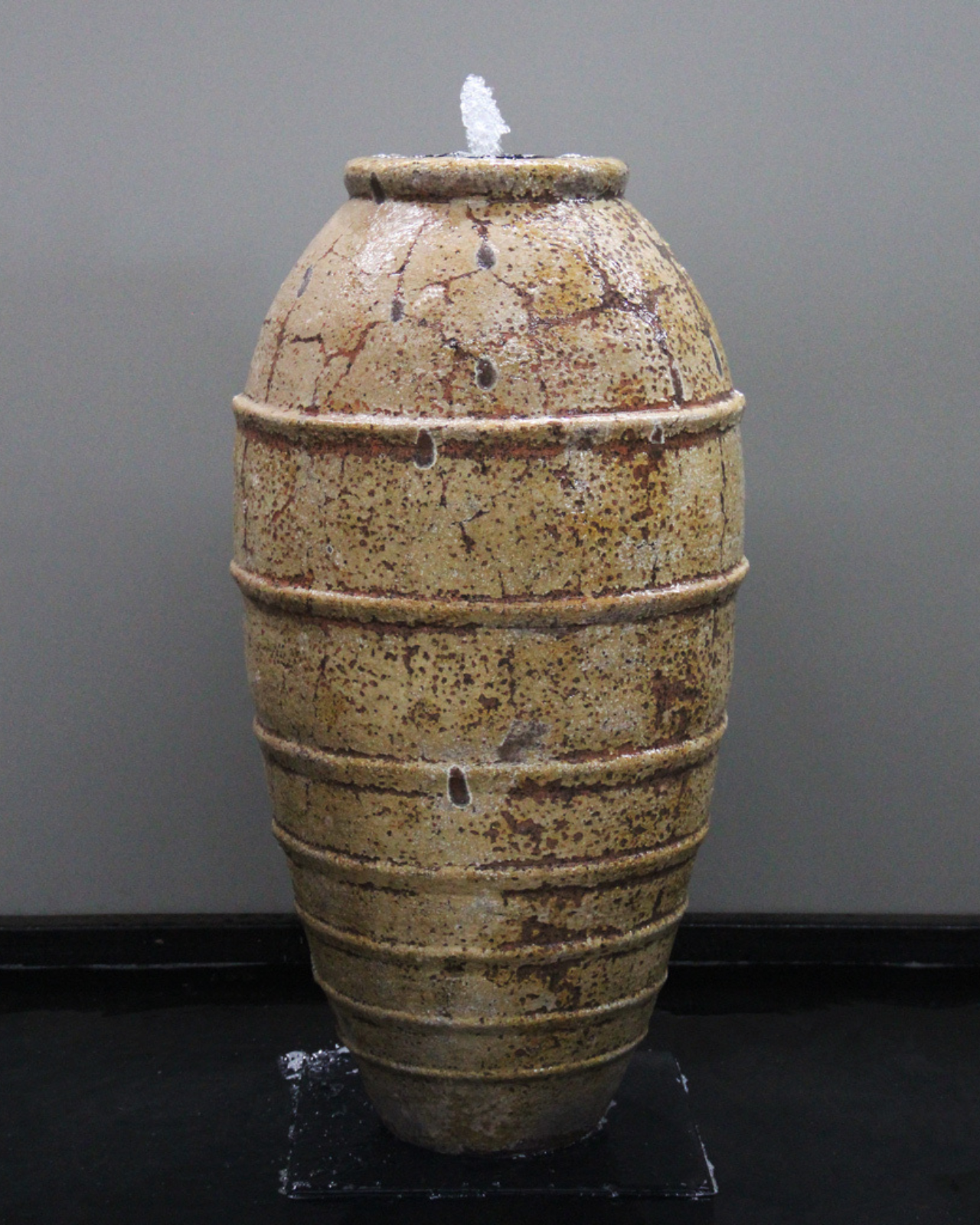

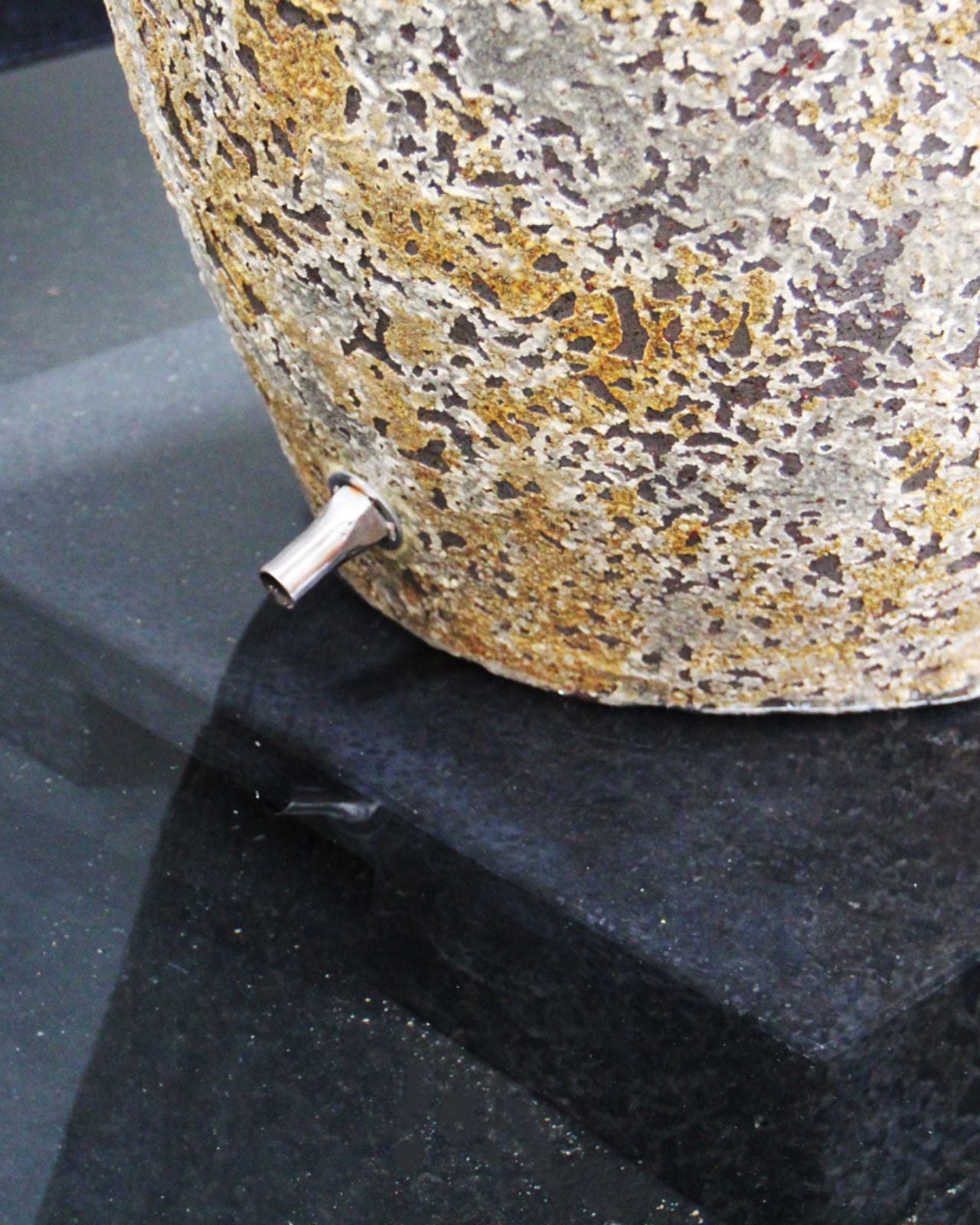
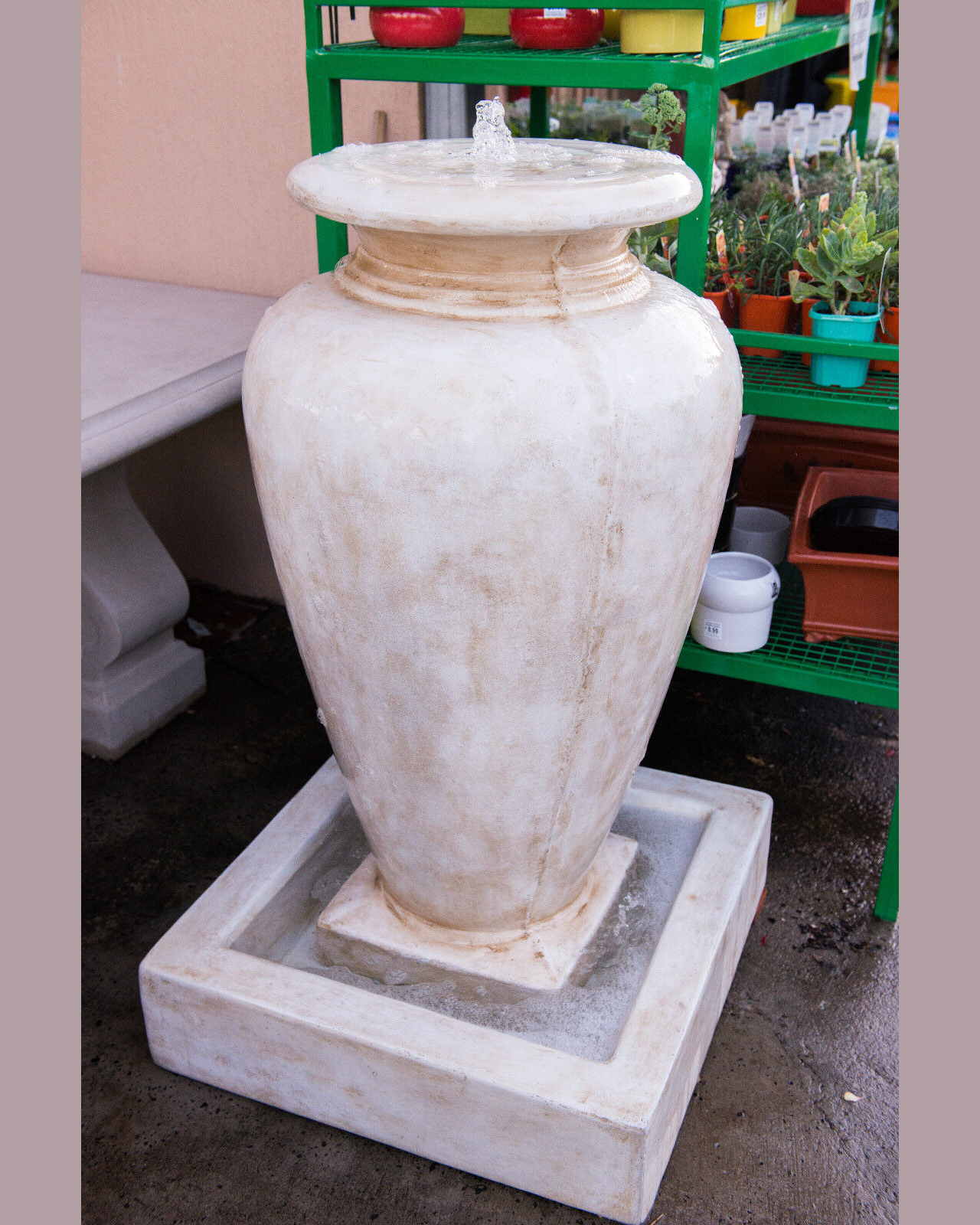

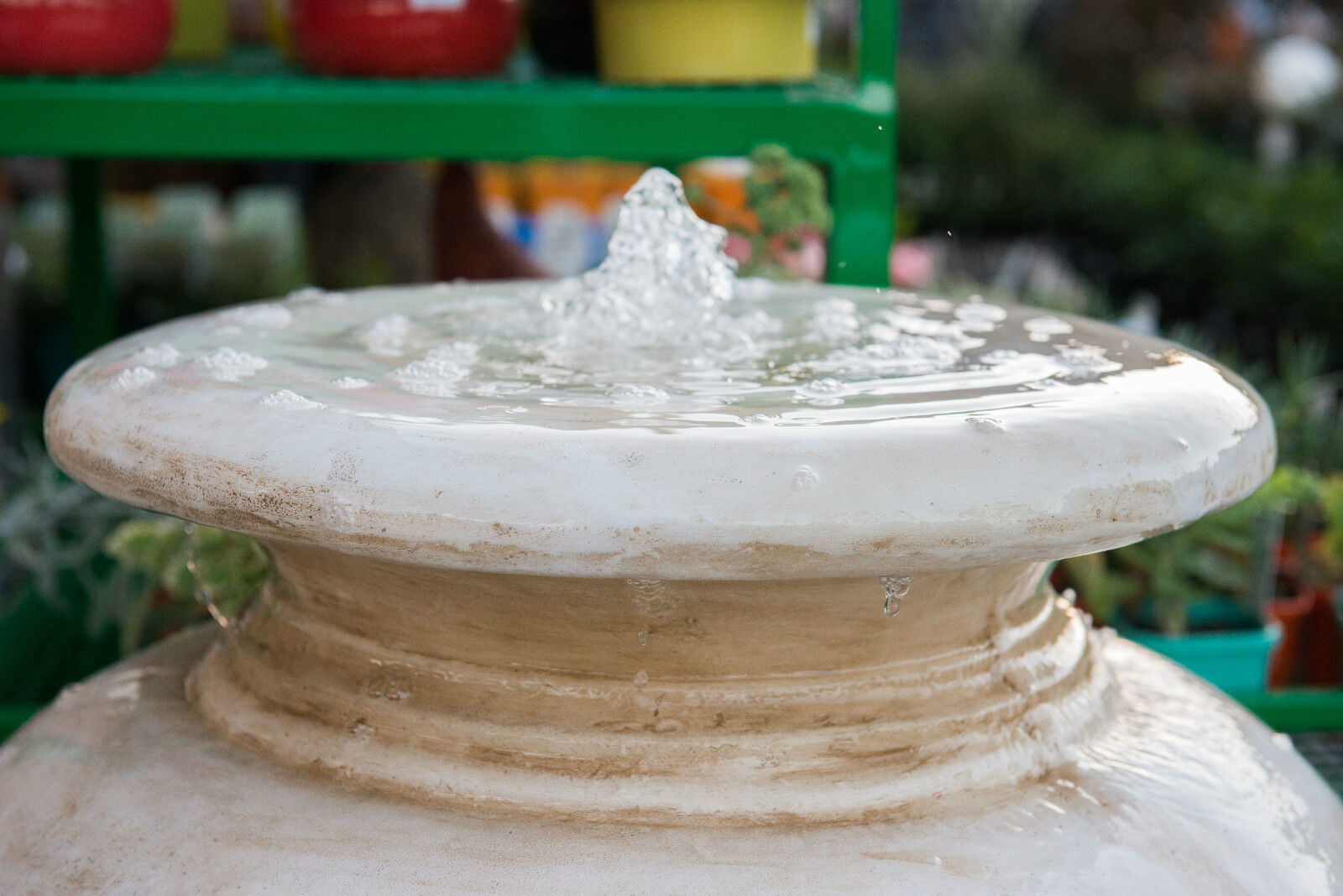
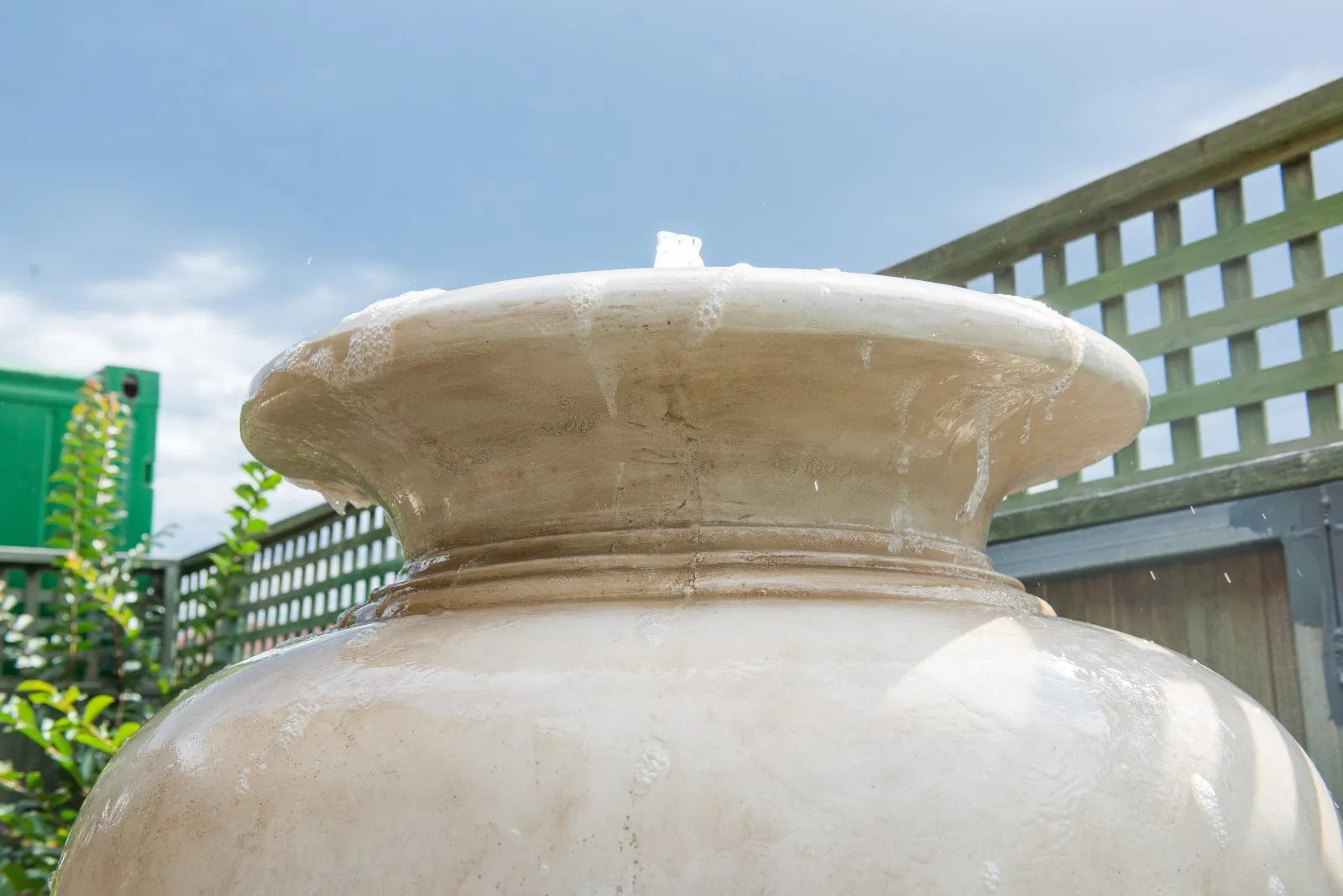
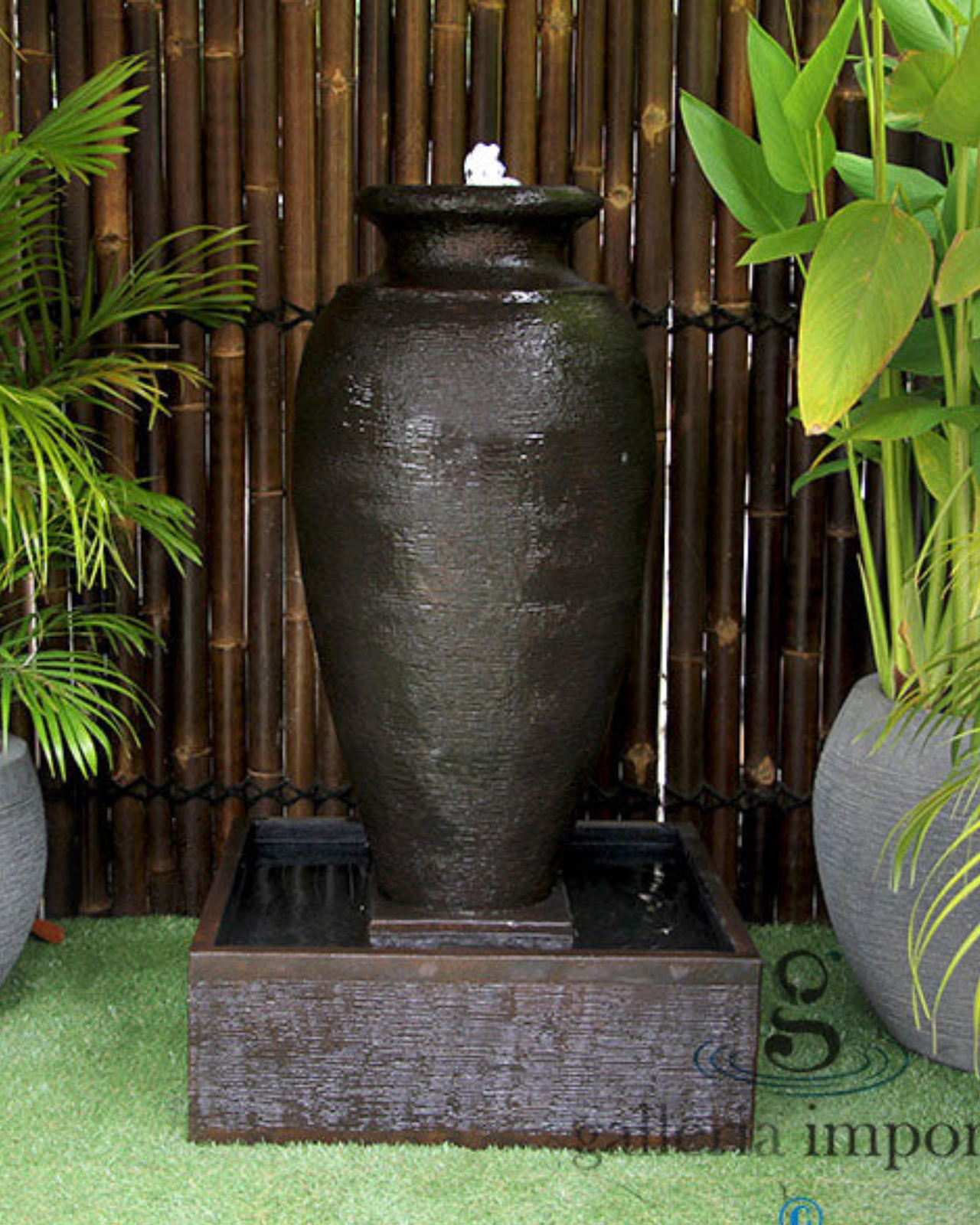

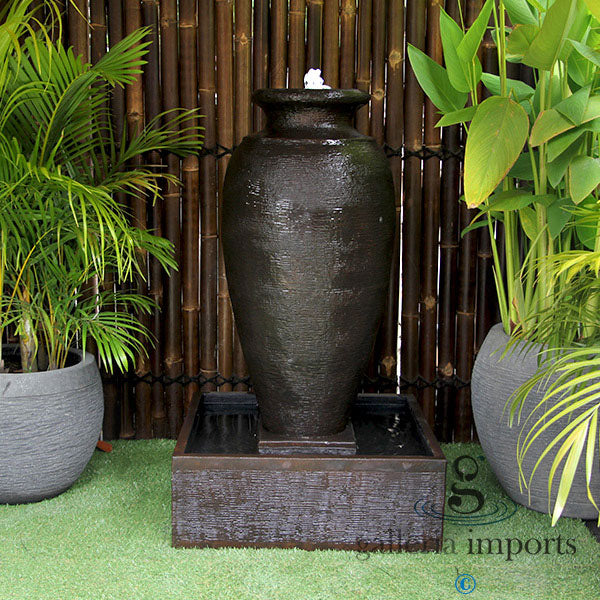
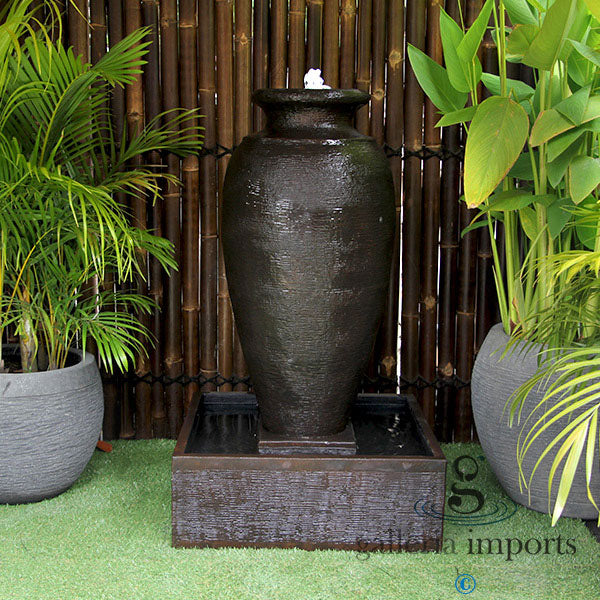
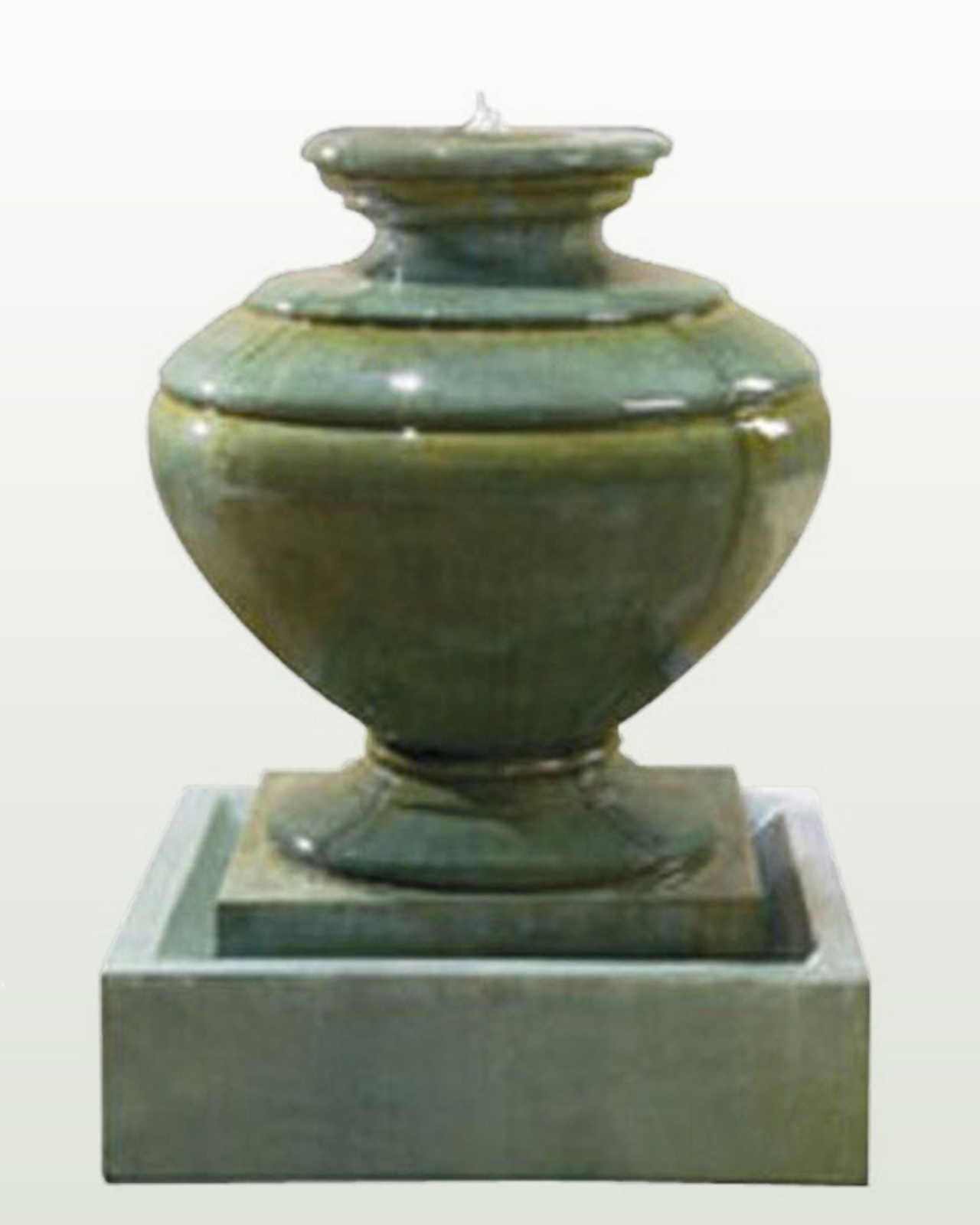
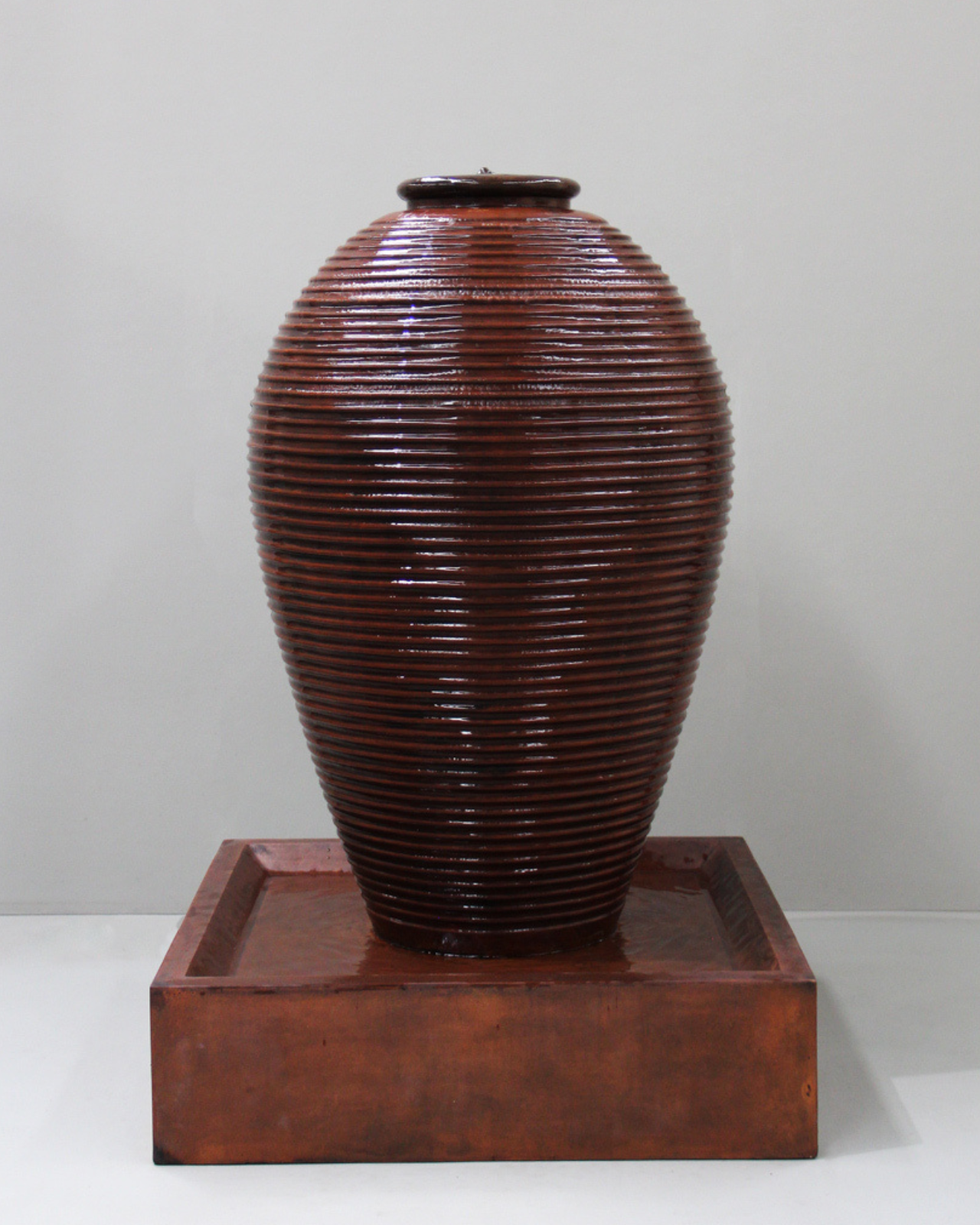
Share:
Fountain pumps: Submersible or inline?
Best Material for a Water fountain